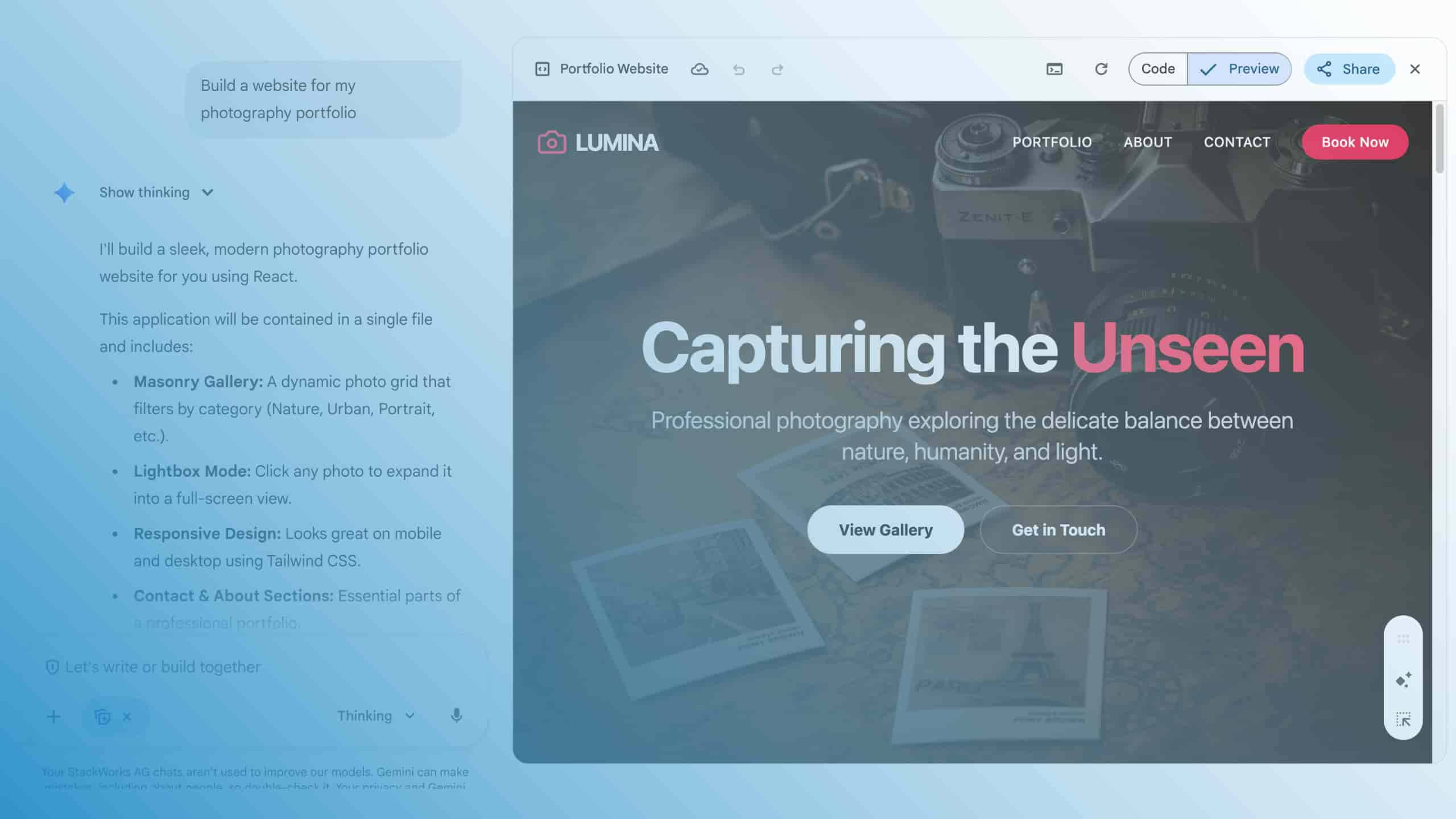Business chat software comparison: Google Chat vs. Slack

In the modern workday, business chat software has become more important than traditional email for effective communication and collaboration. That's why we took a closer look at business chat solutions in practical use, using two popular services - Slack and Google Chat - as examples.
In exchanges with our customers, we have learned that e-mail communication still has its raison d'être in today's formal communications, such as the exchange of offers, orders and invoices. The volume of the message flow has even increased in the recent past, as communication by letter post has declined sharply.
From e-mail to business chat
But what about informal communication? Here we are seeing more and more customers explicitly asking for business chat as an alternative to traditional e-mail. And for good reason: exchanges via e-mail are asynchronous, with no direct exchange between sender and recipient. Depending on the size of the company, changing and growing circles of recipients in CC: and BCC: lead to a situation where many users are informed and involved, but responsibilities and tasks are unclear. In addition, attachments often take up unnecessary storage space and, above all, tear the files out of their context.
This is where business chat software comes in, with the advantage that more and more users are used to communicating with chat software from their private lives, for example through social networks and messengers such as Threema, WhatsApp or Signal. But if employees also use these solutions in their daily work, a shadow IT with negative effects on data protection is created. Chat tools for companies provide a remedy.
From solutions used privately, users are already familiar with bilateral communication between two participants and also exchange in groups. In our experience, however, it is precisely the functions that go beyond this that make chat programs so valuable for companies in business communication.
Google Chat as an alternative to Slack
In the course of our customer projects, we have gotten to know both Slack and Google Chat in practical use. The classic Slack can certainly claim a pioneering role for itself as one of the first business chat apps on the market. Slack focuses on direct communication between two or more participants. The latter, i.e. communication in groups, is what Slack calls a channel. Such a channel structures work according to topics or projects and bundles all content for the respective area, be it files or other web content.
Slack undoubtedly shines with its built-in workflow functions and the most diverse integration of third-party providers. According to the manufacturer, Slack's app directory now includes more than 2,400 apps and services, including elements from Google Workspace, such as Gmail, Calendar and Drive. Other well-known names like Salesforce, Zendesk or Zoom can also be found in the directory.
But especially in the recent past, Google Business Chat has developed into a real Slack alternative. Of course, Google Chat integrates perfectly with the rest of the Google Workspace services. From the chat app, we can directly access audio and video calls in Google Meet, our tasks and calendar entries, and files in Google Drive. This integration is much deeper than Slack is capable of and thus avoids productivity losses in everyday life.
Key differences from Slack
While Slack offers a native desktop app for common client operating systems, the Google Chat app is implemented as a web service. The Google Chat Desktop App is a Progressive Web App (PWA), which only paves the way to the web service. The advantages: A Google Chat update takes place online alone and no user has to worry about updating a local application. Nevertheless, a PWA can also inform about new messages and events on the desktop.
As an alternative to the channel function, Google Chat knows the group areas or Spaces. The new role "Spaces Manager" is relatively new and allows us to delegate administrative tasks to members of a space. Users in this role can add or remove members, appoint additional Spaces Managers, delete individual posts or even an entire Space.
Furthermore, a new feature has been rolling out for a few weeks that we really appreciate: With "inline threading", Google Chat keeps related content together. We see replies to a particular chat post directly below it, and can expand and collapse all replies. This keeps the chat history clear.
Conclusion: Fewer e-mails thanks to business chat
As part of our work at StackWorks, we have experienced the benefits of business chat apps for our everyday work and use either the Google Chat app or Slack, depending on the project. If you would also like to leverage these added values and work on having fewer emails clogging up your inbox, we would be happy to help you integrate Google Workspace and Slack or migrate from Slack to Google Chat.







